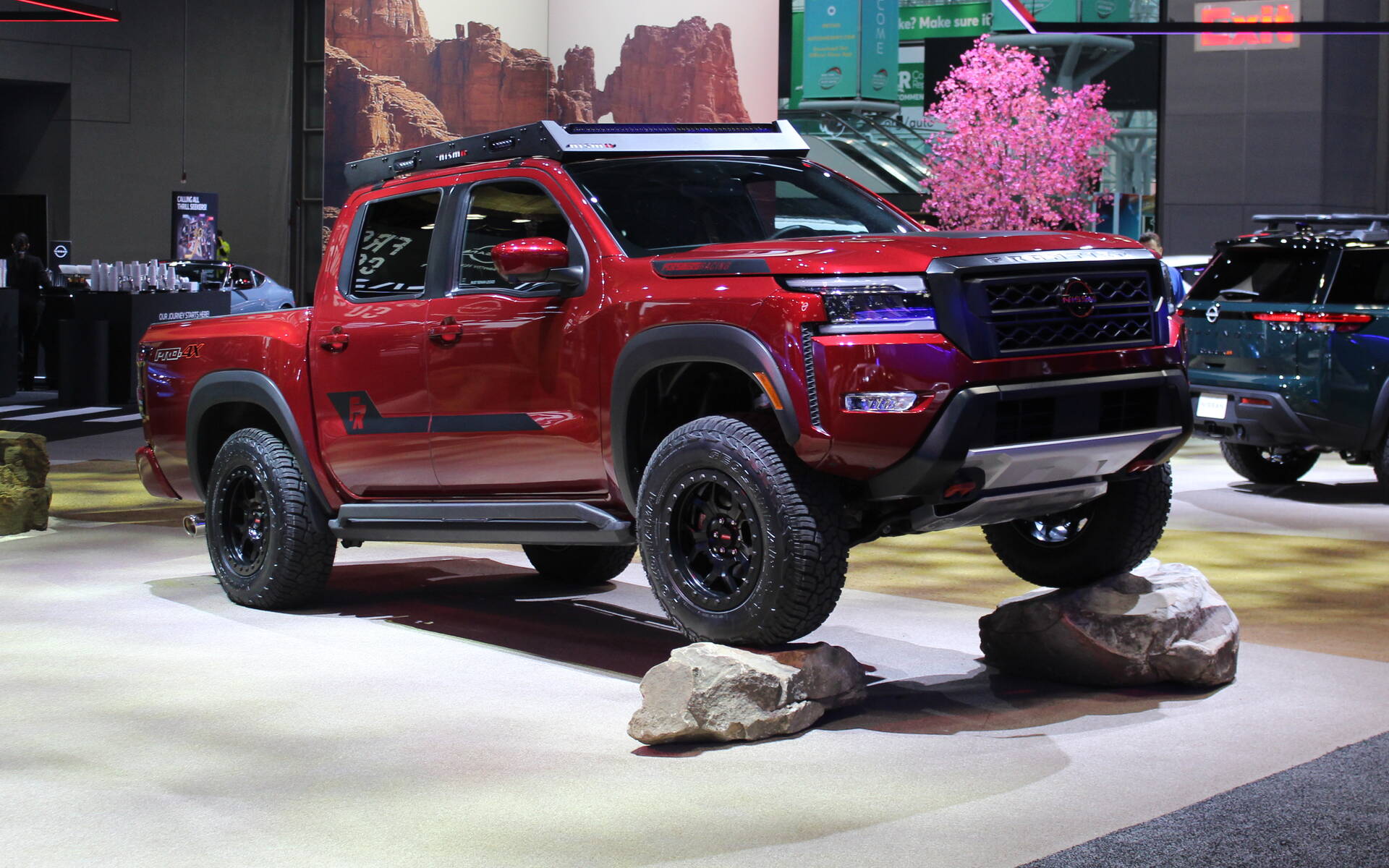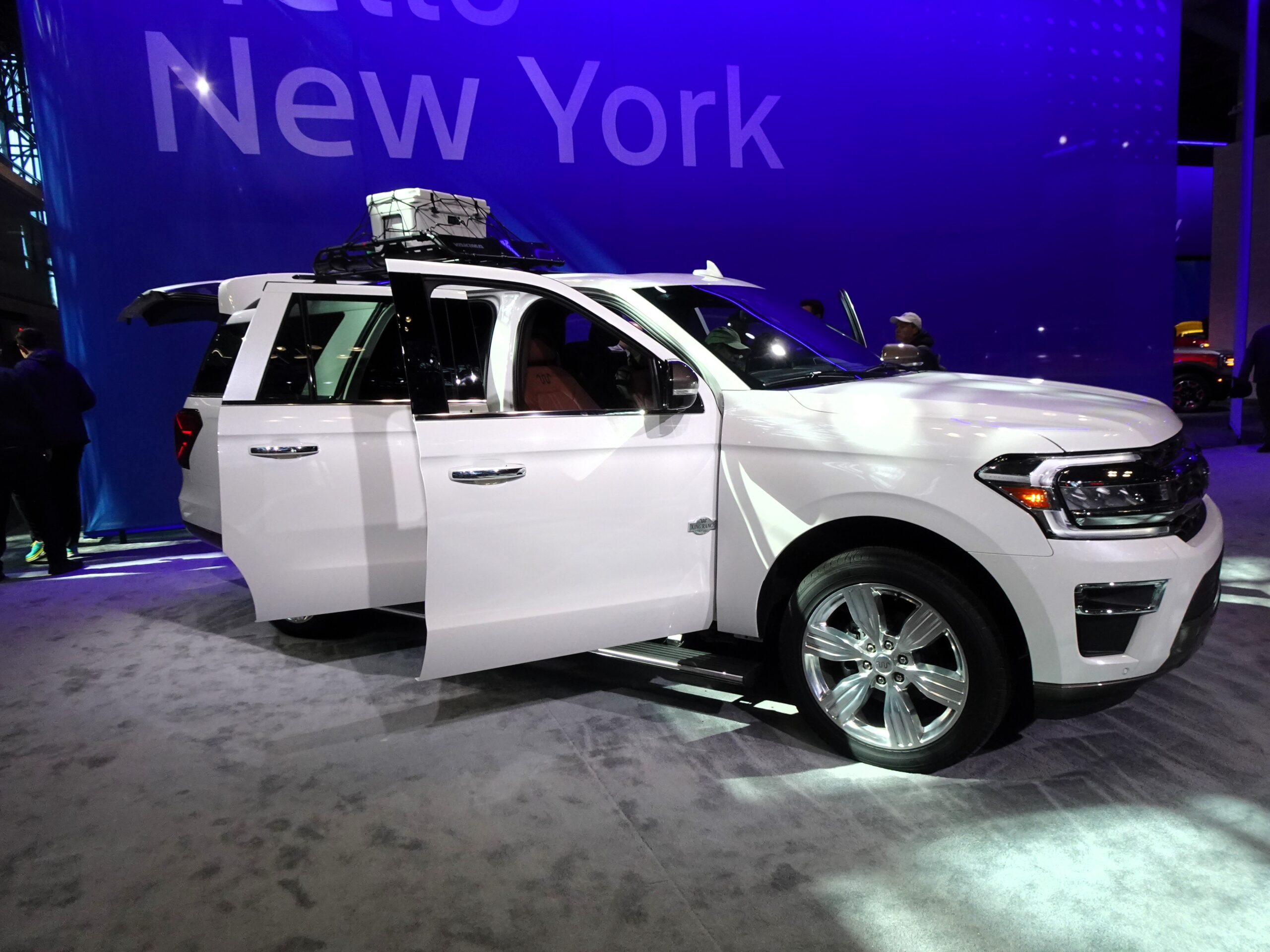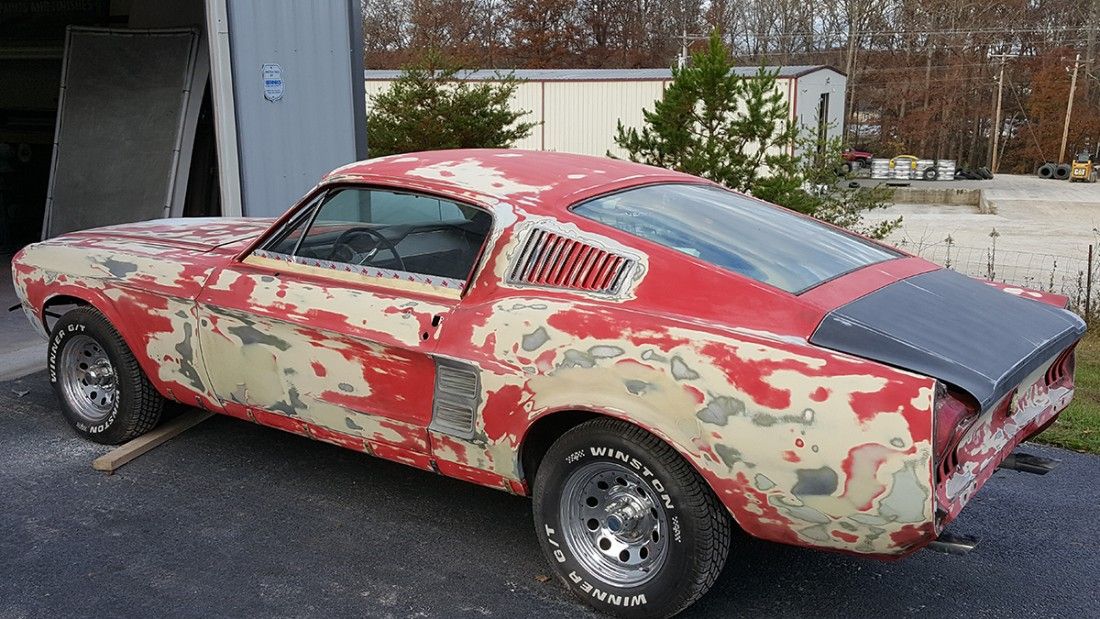
The allure of classic cars is undeniable, a potent blend of nostalgia, engineering marvel, and a bygone era’s aesthetic. For many enthusiasts, the ultimate dream isn’t just owning a vintage beauty, but actively participating in its resurrection – painstakingly restoring a neglected machine to its former glory, perhaps even to concourse standards. This labor of love, bringing a classic back to life, promises immense emotional satisfaction and, for some, a sound investment. However, beneath the gleaming chrome and polished paintwork lies a stark reality: classic car restoration is a challenging, often years-long endeavor requiring substantial financial commitment.
While the market for vintage vehicles is booming, with classic cars increasingly popular as both investments and passion projects, not all restoration journeys are created equal. Some vintage models, despite their charm and historical significance, carry restoration price tags that can quickly become overwhelming, turning a dream project into a financial nightmare. We’re not talking about your average fixer-upper here; this isn’t about the reasonably attainable vintage cars compiled for enthusiasts seeking a realistic balance of affordability and feasibility. Forget the multimillion-dollar auction stars like the Ferrari 250 GTO – those are in a league of their own. We’re focusing on classics that, while perhaps within reach for an initial purchase, hide a restoration bill that will make even the most dedicated gearhead gasp.
These are the vehicles notorious for their sky-high restoration costs, where scarce parts, specialized labor, and intricate designs conspire to drain wallets at an alarming rate. Whether it’s due to complex construction, limited production runs, or unique, cutting-edge technology for their time, these cars present a unique set of challenges that can quickly multiply expenses. So, buckle up, because we’re about to take a deep dive into some of the most beautiful, yet financially brutal, vintage cars to restore – vehicles that demand unparalleled passion, patience, and, most importantly, exceptionally deep pockets.
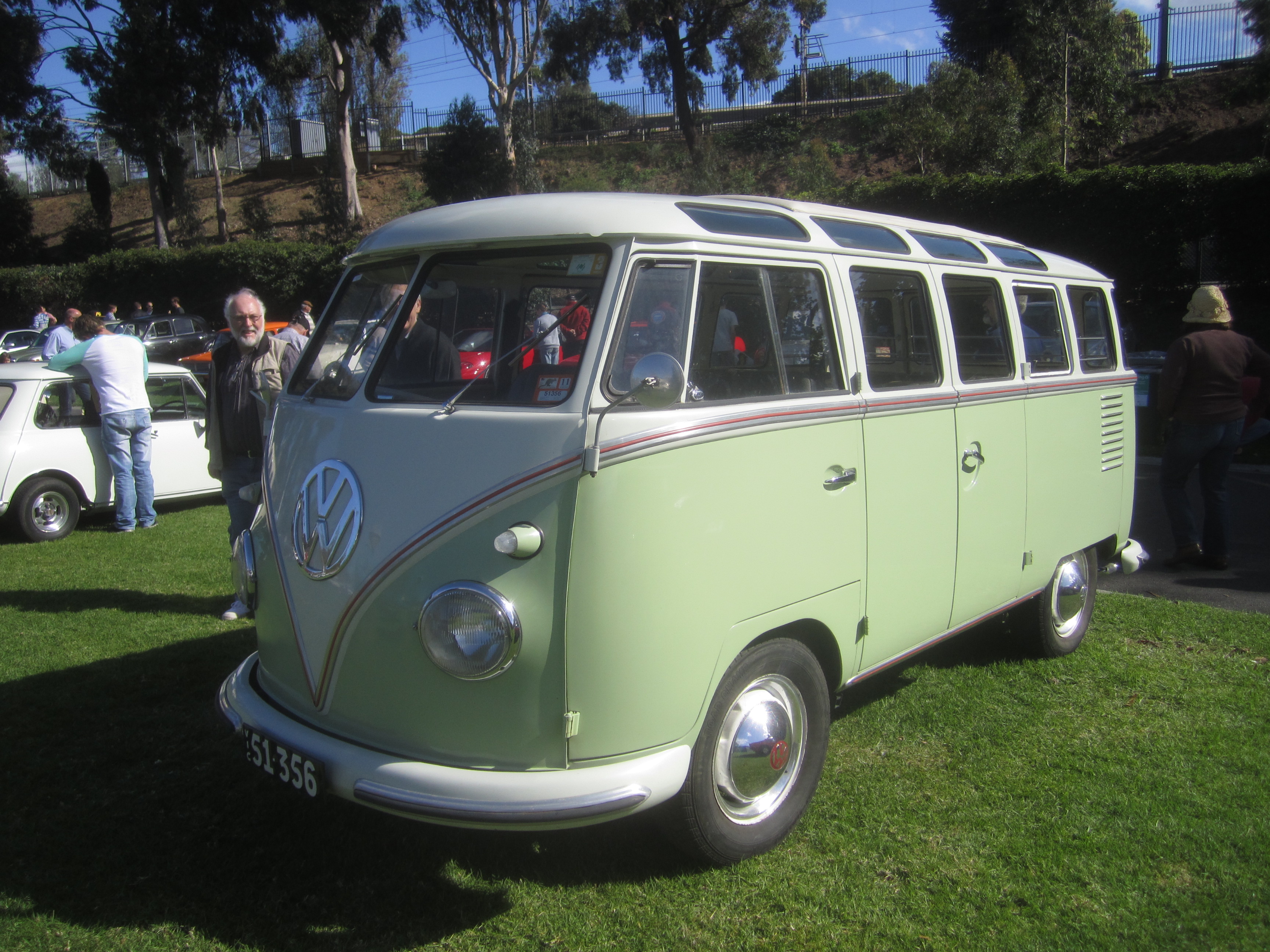
1. **Volkswagen Samba Bus**The Volkswagen Samba Bus, with its iconic design and rich history, stands out as one of the most desirable classic vehicles today. Its unmistakable silhouette and cheerful demeanor have cemented its place in automotive lore, further amplified by modern homages like the Volkswagen ID. Buzz, which only increases demand for the original. While the prospect of restoring one of these timeless vans can be incredibly rewarding, the process itself is far from simple, particularly for the more coveted variants.
Among its many iterations, the 23-window versions are especially tricky to bring back to life. These models feature rare skylight glass and intricate trim details that are not only difficult to source but also complex to reinstall correctly. The sheer number of components involved in these multi-windowed buses contributes significantly to the overall restoration cost, making even a seemingly minor repair a substantial undertaking.
The costs of restoring these classic vans can quickly become substantial due to the sheer quantity and specialized nature of their components. Enthusiasts embarking on a Samba Bus restoration should be prepared for a lengthy and expensive journey. Finding authentic replacement parts can be a considerable challenge, often requiring owners to turn to specialized, and often pricey, suppliers. The scarcity of original parts, particularly for the unique skylight panels and trims, adds considerably to their expense.
Despite the significant financial and temporal investment, the end result of a properly restored Volkswagen Samba Bus is a truly timeless piece of automotive history. It’s a vehicle that consistently turns heads and evokes a sense of freedom and adventure. However, for anyone contemplating such a project, a clear understanding of the intricate details, the hunt for elusive parts, and the labor involved in its complex bodywork is absolutely essential to avoid overwhelming financial surprises.
Car Model Information: 2018 Toyota Tacoma TRD Sport
Name: Volkswagen Type 2
Manufacturer: Volkswagen
Aka: unbulleted list
Production: November 1949 – present
Successor: Volkswagen ID. Buzz
Class: Light commercial vehicle
BodyStyle: unbulleted list
Platform: Volkswagen Group T platform
Layout: unbulleted list
Sp: uk
Categories: 1950s cars, 1960s cars, 1970s cars, 1980s cars, 1990s cars
Summary: The Volkswagen Transporter, initially the Type 2, is a range of light commercial vehicles, built as vans, pickups, and cab-and-chassis variants, introduced in 1950 by the German automaker Volkswagen as their second mass-production light motor vehicle series, and inspired by an idea and request from then-Netherlands-VW-importer Ben Pon.
Known officially (depending on body type) as the Transporter, Kombi or Microbus – or informally as the Volkswagen Station Wagon (US), Bus (also US), Camper (UK) or Bulli (Germany), it was initially given the factory designation ‘Type 2’, as it followed – and was for decades based on – the original ‘Volkswagen’ (“People’s Car”), which became the VW factory’s ‘Type 1’ after the post-war reboot, and mostly known, in many languages, as the “Beetle”.
The Volkswagen Transporter has been built in many variants. It may be best known for its panel vans, but it was also built as a small bus or minivan, with choices of up to 23 windows and either hinged or sliding side doors. From the first generation, both regular and crew-cab, as well as long- and short-bed pickups, were made, and multiple firms sprang up to manufacture varying designs of camper vans, based on VW’s Transporter models, to this day.
For the first 40 years, all VW Type 2 variants were forward control, with a VW-Beetle-derived flat-four engine in the rear, and all riding on the same (initial thirty years – T1 and T2), or similar (T3), 2.40 m (94 in) wheelbase as the Type 1 Beetle. As a result, all forward-control Type 2 pickups were either of standard-cab, long-bed or crew-cab, short-bed configuration, and because of the relatively high bed floor (above the rear, flat engine), most pickups came with drop sides in addition to the tailgate. In 1979, the third-generation Type 2 introduced an all-new, more square and boxy body, and in the 1980s also introduced a raised four-wheel-drive bus variant.
From the introduction of the fourth-generation Transporter in 1990, the vehicle layout changed to a more common front-engined one – no longer forward-control – and also changed from rear- to front-wheel drive, with four-wheel–drive remaining optional. From then on, the platform no longer shared technological legacy with the Beetle, and Volkswagen just called them ‘Transporter’, and no longer ‘Type 2’. The new models, though growing a bit in length, got a significantly longer wheelbase that pushed the wheels closer to the truck’s corners, noticeably reducing its front and rear overhangs, and extended-wheelbase models were also introduced.
Get more information about: Volkswagen Type 2
Buying a high-performing used car >>>
Brand: Volkswagen Model: Samba Bus
Price: $31,498 Mileage: 81,884 mi.
Read more about: From Quirky Flops to Fiery Fiascos: Buckle Up for a Wild Ride Through 15 Cars with Truly Troublesome Driver Reputations
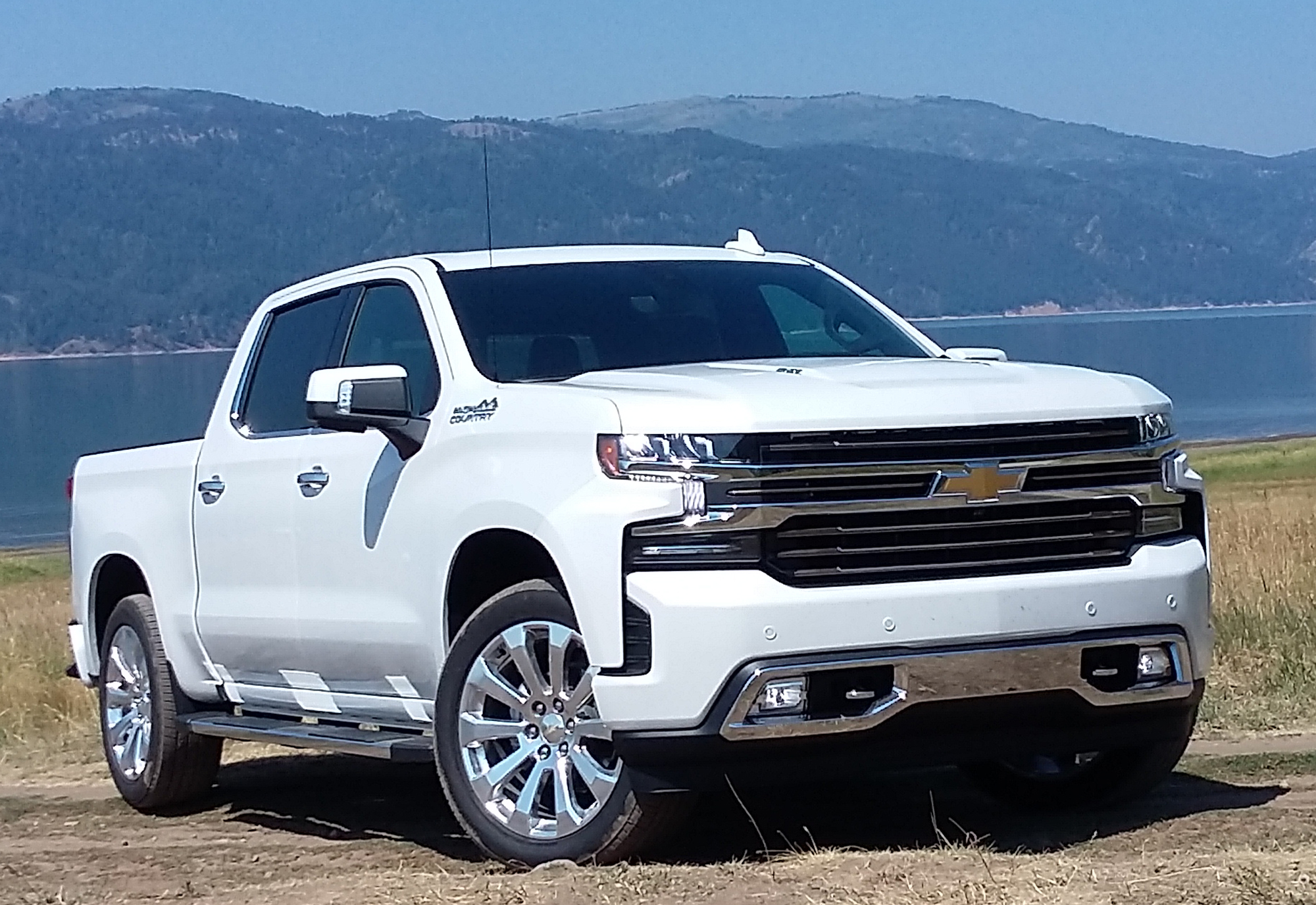
2. **Chevrolet Camaro Z28 LT1 (Second Generation)**The second-generation Chevrolet Camaro Z28 LT1 holds a special place in the hearts of classic car enthusiasts, a true fan favorite among muscle car aficionados. With its reworked engine, improved body design over its predecessor, and aluminum pistons, it promised a thrilling driving experience that captivated a generation. While you might still stumble upon a project car for around $20,000, that initial accessible price tag belies the significant challenge awaiting any aspiring restorer.
This iconic muscle car, now well over 50 years old, often arrives in a condition that necessitates extensive work to bring it back to its roaring prime. The real difficulty and expense often stem from its outdated mechanics. The Z28 LT1 engines, celebrated for their high-performance capabilities, require meticulous precision work to ensure they operate at their full potential, a task that demands specialized expertise and considerable time.
Restoring a second-gen Camaro is far from a superficial refresh; it often involves a complete overhaul of the vehicle. This ranges from sourcing original parts, which can be surprisingly difficult and costly for such a specific model, to completely rebuilding the drivetrain. Every component, from mechanical systems to interior details, often requires attention, transforming the project into a costly but deeply rewarding endeavor for those truly passionate about American muscle.
For those willing to invest the considerable time, effort, and financial resources, the result is a beautifully restored Camaro that delivers a potent blend of nostalgia and raw power. It’s a true testament to classic North American automotive muscle, a beast that once again dominates the road with its distinctive growl. However, be under no illusion: this restoration is a serious commitment that will test both your patience and your bank account, especially when dealing with the intricacies of its specific engine and the scarcity of original, period-correct components.
Car Model Information: 2018 Toyota Tacoma TRD Sport
Caption: 1970 Camaro
Name: Chevrolet Camaro,(second generation)
Manufacturer: Chevrolet
ModelYears: 1970–1981
Production: February 1970–1981
Assembly: Van Nuys Assembly
Predecessor: Chevrolet Camaro (first generation)
Successor: Chevrolet Camaro (third generation)
Class: Pony car,Muscle car
BodyStyle: coupé
Layout: Front-engine, rear-wheel drive layout
Platform: GM F platform
Engine: {{convert,229,cuin,L,1,abbr=on,Chevrolet 90° V6 engine#3.8L (229 CID)
Abbr: on
Transmission: Automatic transmission
Wheelbase: 108 in
Length: 188 in
Width: 74.4 in
Height: 50.1 in
Weight: 3310 lb
Related: Pontiac Firebird (second generation)
Designer: Henry Haga
Categories: 1980s cars, All articles needing additional references, All articles that may contain original research, Articles needing additional references from November 2009, Articles that may contain original research from December 2011
Summary: The second-generation Chevrolet Camaro is an American pony car produced by Chevrolet from 1970 through the 1981 model years. It was introduced in the spring of 1970. Build information for model 123-12487 was released to the assembly plants in February of that same year. It was longer, lower, and wider than the first generation Camaro. A convertible was no longer available. GM engineers have said the second generation is much more of “a driver’s car” than its predecessor. The high-performance Z/28 option remained available through 1975, redesignated as the Z28 in 1972.
Get more information about: Chevrolet Camaro (second generation)
Buying a high-performing used car >>>
Brand: Chevrolet Model: Camaro Z28 LT1
Price: $31,498 Mileage: 81,884 mi.
Read more about: 10 Dirt-Cheap Classic American Cars That Turn Heads Everywhere They Go for Under $10,000
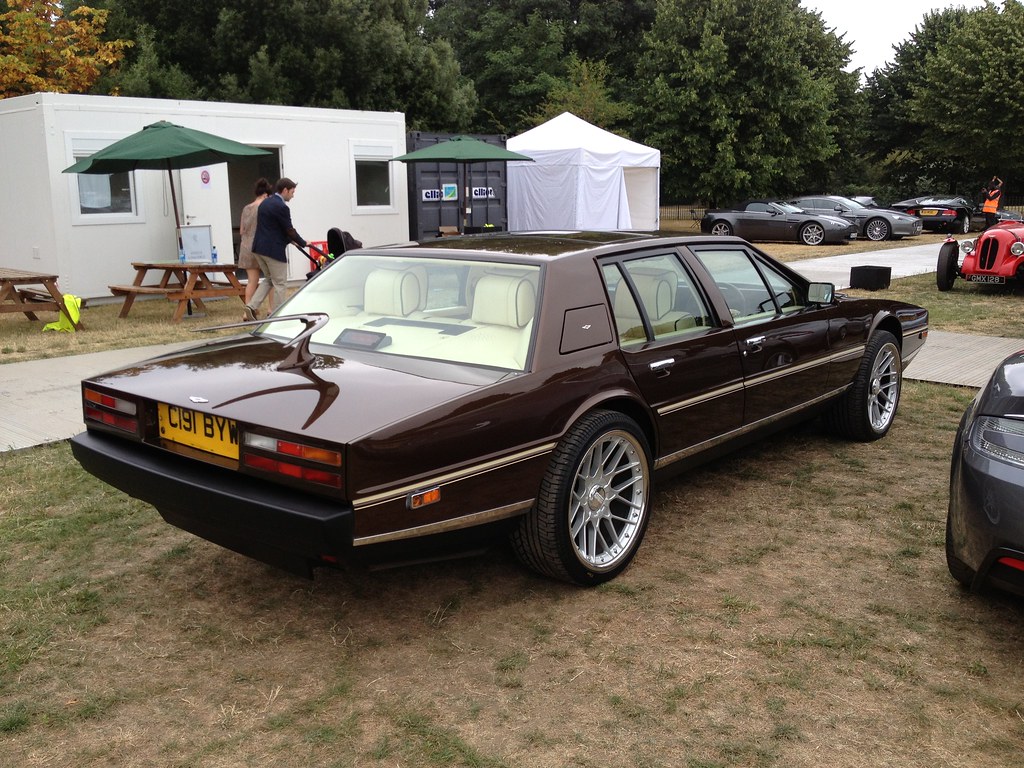
3. **Aston Martin Lagonda**The Aston Martin Lagonda is a unique classic that invariably divides opinions with its strikingly futuristic design and luxurious interior, even decades after its debut. Originally conceived to propel Aston Martin into the modern era, this audacious vehicle was packed with advanced technology for its time, a bold statement in automotive luxury and innovation. Yet, it is precisely this complexity and pioneering spirit that makes its restoration an exceptionally difficult and expensive task.
The Lagonda’s cutting-edge electronics and bespoke mechanical systems were notorious for being ahead of their time, and consequently, prone to mechanical and electrical breakdowns. This inherent complexity, combined with its relatively limited production run, means that finding replacement parts is an immense challenge. Lagondas are rare vehicles, and their unique components are often costly, assuming you can even locate them.
Sourcing expertise for such a rare and technologically advanced car can be an uphill battle. Few mechanics possess the specialized knowledge required to properly diagnose and repair its intricate systems. This often means paying a premium for highly specialized labor, further escalating restoration costs. The vehicle’s distinctive styling, while contributing to its unique appeal, also means that bodywork repairs demand exacting standards and skilled craftsmanship, which do not come cheap.
For those with the extraordinary patience, specialized knowledge, and significant financial resources, restoring an Aston Martin Lagonda can undoubtedly be a satisfying experience. It’s a chance to bring a piece of controversial, yet undeniably significant, automotive history back to life. However, make no mistake, this is not a project to be taken lightly; it is a monumental undertaking that will challenge every aspect of a restorer’s capabilities and finances, primarily due to its advanced systems and the profound scarcity of its bespoke parts and expertise.
Car Model Information: 2018 Toyota Tacoma TRD Sport
Caption: Aston Martin Lagonda Series 2
Name: Aston Martin Lagonda
Manufacturer: Aston Martin
Designer: William Towns
Production: 1974–1990,645 produced
Assembly: Newport Pagnell,Buckinghamshire,England
Predecessor: Lagonda Rapide
Successor: Lagonda Taraf
Class: Full-size,luxury car
BodyStyle: sedan (car)
Layout: Front-engine, rear-wheel-drive layout
Engine: cvt,V8 engine
Transmission: Torqueflite,automatic transmission
Wheelbase: 2916 mm
Abbr: on
Length: 5282 mm
Width: 1816 mm
Height: 1302 mm
Categories: 1980s cars, 1990s cars, All articles with unsourced statements, Articles with short description, Articles with unsourced statements from August 2025
Summary: The Aston Martin Lagonda is a full-size luxury four-door saloon manufactured by British manufacturer Aston Martin between 1974 and 1990. A total of 645 were produced. The name was derived from the Lagonda marque that Aston Martin had purchased in 1947. There are two distinct generations: the original, short-lived 1974 design based on a lengthened Aston Martin V8, and the entirely redesigned, wedge-shaped Series 2 model introduced in 1976.
In 2014, Aston Martin confirmed it would launch a new Lagonda model called the Taraf for the Middle-East market, sold on an invitation-only basis as a successor to this saloon. As of 2022, 113 remain registered in the United Kingdom, though 82 are SORN (unregistered for routine road use).
Get more information about: Aston Martin Lagonda
Buying a high-performing used car >>>
Brand: Aston Martin Model: Lagonda
Price: $31,498 Mileage: 81,884 mi.
Read more about: Million-Dollar Motors: An In-Depth Look at the World’s Most Coveted Classic Cars for Enthusiasts

4. **Dodge Challenger R/T (First Generation)**The 1970 Dodge Challenger R/T stands as one of the most iconic muscle cars ever built, a quintessential symbol of American automotive power and style. Its aggressive stance and powerful presence command attention, currently valued at well over $100,000 for pristine examples. While it undeniably exudes a timeless cool, driving one today often highlights its age and design limitations, making it perhaps not the best car for daily commutes, but an absolute showstopper.
However, beneath its legendary status lies a stark truth for restorers: Mopar vehicles, particularly those from this era, are notorious for being expensive to restore. For first-generation Challengers, the difficulty in sourcing original parts is a significant hurdle. Many components are either hard to find, produced in limited runs, or command a premium price due to their scarcity, driving up material costs significantly.
Bringing a Challenger R/T back to life demands deep pockets and a lot of patience. The powerful engine and robust drivetrain require meticulous attention, often needing complete rebuilding or specialized repairs to ensure they perform to their original specifications. This is not a project where corners can be cut; authenticity and precision are paramount, especially for a vehicle of this caliber and value.
Beyond the engine and mechanicals, bodywork, interior restoration, and maintaining its unique character all contribute to the financial burden. From period-correct upholstery to elusive trim pieces and precise paintwork, every detail adds up. While an undeniably great classic, the Challenger R/T may prove to be more trouble than it’s worth for those without extensive restoration experience and a substantial budget. It’s a dream machine, but one that comes with a very real, and very steep, financial commitment.
Car Model Information: 2018 Toyota Tacoma TRD Sport
Name: Dodge Challenger (1970)
Production: 1969–1974
ModelYears: 1970–1974
Successor: ubl
Caption: 1970 Challenger R/T
Manufacturer: Dodge
Wheelbase: cvt
Length: cvt
Width: cvt
Height: cvt
Categories: 1970s cars, All articles lacking reliable references, All articles needing additional references, Articles lacking reliable references from November 2014, Articles needing additional references from April 2024
Summary: The Dodge Challenger is an automobile produced by American automobile manufacturer Dodge. The first use of the Challenger name by Dodge was in 1959 for marketing a “value version” of the full-sized Coronet Silver Challenger.
From model years 1970 to 1974, the first generation Dodge Challenger pony car was built using the Chrysler E platform in hardtop and convertible body styles sharing major components with the Plymouth Barracuda.
Get more information about: Dodge Challenger (1970)
Buying a high-performing used car >>>
Brand: Dodge Model: Challenger R/T
Price: $31,498 Mileage: 81,884 mi.
Read more about: Beyond the Badge: A Deep Dive into 14 Overrated Car Brands You Might Regret Buying in 2025

5. **Pontiac Trans Am SD-455**The 1973 Pontiac Trans Am SD-455 is an absolute classic, a high watermark in the muscle car era, revered by enthusiasts worldwide. Its rarity alone makes it a formidable restoration challenge; with only 252 Super Duty examples ever built, finding one is a triumph in itself, let alone bringing it back to pristine condition. This extreme scarcity contributes massively to its sought-after status, but simultaneously makes restoration a monumental undertaking.
The difficulties are compounded by the scarcity of both electrical and mechanical parts. The SD-455’s high-performance engine, celebrated for its robust cylinder block and four-bolt main bearings that add to its durability, requires specialized expertise to rebuild properly. This isn’t a job for just any mechanic; it demands a deep understanding of this specific, powerful drivetrain, knowledge that comes at a premium.
Restoring an SD-455 properly can take many months of careful planning, sourcing, and meticulous execution. The low production numbers mean fewer spare parts are in circulation, forcing restorers into an exhaustive, and often expensive, hunt for authentic components. Many enthusiasts specifically seek original SD engines, despite the inherent difficulties and inflated costs associated with sourcing them, making even basic restoration efforts particularly expensive.
Combined with the considerable labor involved, and the high cost of sourcing rare trim pieces and performance components, the Trans Am SD-455 quickly becomes a challenge and a significant investment. For those who take on this project, the financial commitment is immense. However, the finished product isn’t just a restored car; it’s a muscle car masterpiece, a powerful testament to an era of unbridled automotive performance that is genuinely priceless to its dedicated owner.
Car Model Information: 2018 Toyota Tacoma TRD Sport
Name: Pontiac Firebird
Caption: The second, third, and fourth generations of,the Pontiac Firebird Trans Am
Manufacturer: Pontiac (automobile)
Production: February 23, 1967 – August 30, 2002
ModelYears: 1967 – 2002
Class: Pony car,Muscle car
Platform: GM F platform
Related: Chevrolet Camaro
Layout: Front engine, rear-wheel-drive layout
Categories: 1970s cars, 1980s cars, 1990s cars, 2000s cars, All articles with dead external links
Summary: The Pontiac Firebird is an American automobile built and produced by Pontiac from the 1967 to 2002 model years. Designed as a pony car to compete with the Ford Mustang, it was introduced on February 23, 1967, five months after GM’s Chevrolet division’s platform-sharing Camaro. This also coincided with the release of the 1967 Mercury Cougar, Ford’s upscale, platform-sharing version of the Mustang.
The name “Firebird” was also previously used by GM for the General Motors Firebird series of concept cars in the 1950s.
Get more information about: Pontiac Firebird
Buying a high-performing used car >>>
Brand: Pontiac Model: Trans Am SD-455
Price: $31,498 Mileage: 81,884 mi.
Read more about: Boomers Cherish These 15 Classic Cars, Yet Millennials Remain Unmoved: A Deep Dive into Generational Automotive Divides
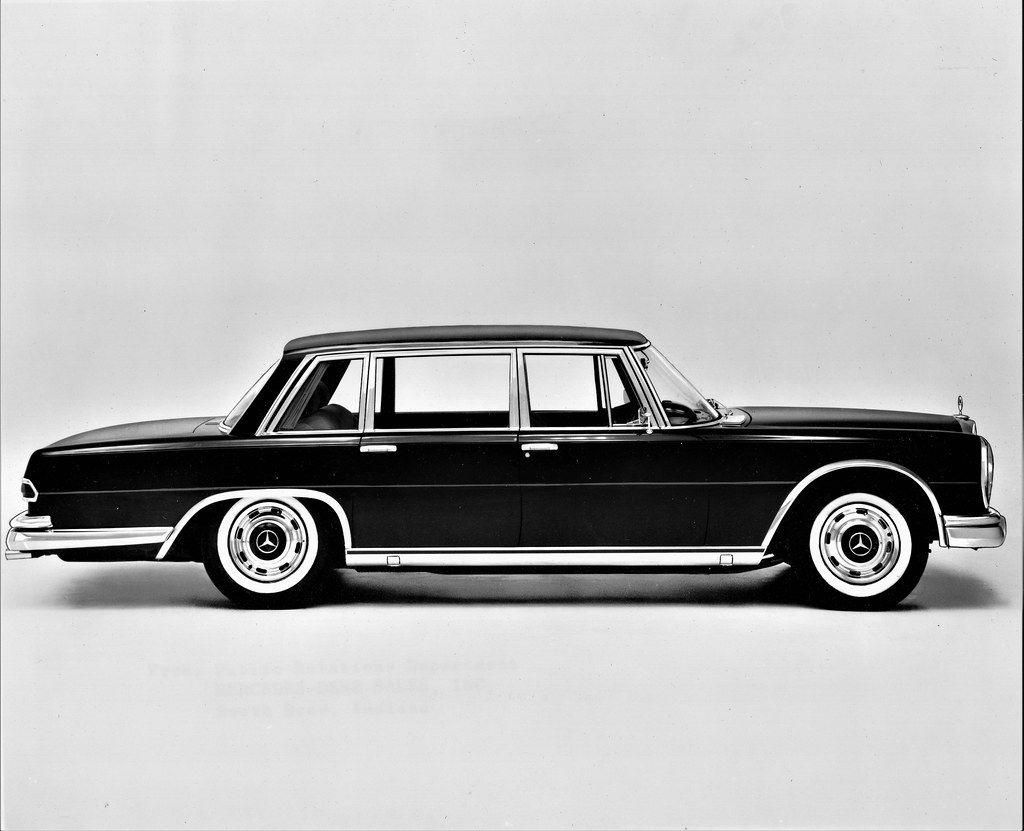
6. **Mercedes-Benz 600**The Mercedes-Benz 600 was not merely a car; it was a statement, a luxury land yacht built for royalty, heads of state, and the global elite. Its restoration costs reflect that unparalleled prestige and the sheer opulence it embodied. The Pullman version, in particular, with its extended wheelbase and even grander proportions, is an extravagant vehicle that demands nothing less than meticulous and exceptionally costly restoration.
Finding a project car at an affordable price is difficult enough, but bringing one of these mechanical behemoths back to life is an even greater challenge. The 600 series is renowned for its incredibly intricate hydraulic system, a complex network that controls virtually everything from the doors and windows to the seats and even the trunk lid. Repairing and rebuilding this system alone requires extensive expertise, specialized tools, and incredibly rare, custom-made parts, often costing a small fortune.
The car’s complex engine and exquisitely luxurious interior also contribute significantly to the soaring restoration expenses. With a limited number of Mercedes-Benz 600s ever produced, sourcing authentic replacement parts becomes a substantial hurdle, pushing prices skyward due to scarcity. The heavy engineering throughout the vehicle, coupled with the need for highly skilled labor to address every minute detail of its bespoke interior, ensures that costs quickly escalate.
However, for serious collectors, the allure of owning a restored Mercedes-Benz 600 is undeniable. It puts you in the esteemed company of historical figures and cultural icons like Queen Elizabeth II and Jack Nicholson. While its opulence makes it an incredibly appealing restoration project, the staggering complexity and rarity make it one of the most expensive and demanding classic luxury cars to bring back to its former, regal glory.
Now, let’s continue our exhilarating, yet daunting, journey into the ultimate restoration gauntlet. We’re peeling back the layers on five more vintage titans, revealing why bringing these automotive masterpieces back to life demands unparalleled financial and expert commitment. Get ready to witness the cars that will truly test the limits of your passion and your bank account.
Read more about: Million-Dollar Motors: An In-Depth Look at the World’s Most Coveted Classic Cars for Enthusiasts
7. **Chevrolet Bel Air Impala (Third Generation)**The third-generation Chevrolet Bel Air is more than just a car; it’s a dream project for countless classic car enthusiasts. Its distinctive sculpted body and extended wheelbase command attention on the road, embodying an era of American automotive grandeur. However, these very features that give it such a striking presence are precisely what make its restoration a particularly difficult and expensive undertaking.
Bringing one of these beauties back to its original luster involves a meticulous search for period-correct original leather interiors and gleaming chrome accents. This isn’t a quick trip to the parts store; it’s a time-consuming and costly endeavor, demanding both patience and a significant financial outlay. Every detail, from the seat stitching to the shine of the brightwork, needs careful attention.
Adding to the challenge, the sheer age of these magnificent machines means that rust and various forms of mechanical degradation are common, almost inevitable, issues. Tackling these deep-seated problems requires extensive bodywork expertise and specialized mechanical repairs. What starts as a dream project quickly escalates into a major undertaking, demanding a comprehensive and costly overhaul.
Despite the significant investment of time, effort, and money, the reward for those willing to commit is truly spectacular. A properly restored third-generation Bel Air stands as one of the most stunning classics on the road, a rolling testament to an era of bold design and engineering. It’s a statement piece, but one that comes with a very real, very substantial price tag.
Car Model Information: 2018 Toyota Tacoma TRD Sport
Name: Chevrolet Impala
Caption: Fourth generation model (1967)
Manufacturer: Chevrolet
Production: 1957–1985,1994–1996,1999–2020
ModelYears: 1958–1985,1994–1996,2000–2020
Predecessor: Chevrolet Bel Air,Chevrolet Lumina#Second generation (1995–2001)
Successor: Chevrolet SS,Chevrolet Caprice
Platform: GM B platform,GM W platform,GM W platform (GMX211) (2005–2013),GM Epsilon platform#Epsilon II
Class: Full-size car,Mid-size car
Layout: Front-engine, rear-wheel-drive layout,Front-engine, front-wheel-drive layout
Categories: 1960s cars, 1970s cars, 1980s cars, 1990s cars, 2000s cars
Summary: The Chevrolet Impala () is a full-size car that was built by Chevrolet for model years 1958 to 1985, 1994 to 1996, and 2000 to 2020. The Impala was Chevrolet’s popular flagship passenger car and was among the better-selling American-made automobiles in the United States.
For its debut in 1958, the Impala was distinguished from other models by its symmetrical triple taillights. The Chevrolet Caprice was introduced as a top-line Impala Sport Sedan for model year 1965, later becoming a separate series positioned above the Impala in 1966, which, in turn, remained above the Chevrolet Bel Air and the Chevrolet Biscayne. The Impala continued as Chevrolet’s most popular full-sized model through the mid-1980s. Between 1994 and 1996, the Impala was revised as a 5.7-liter V8–powered version of the Chevrolet Caprice Classic sedan.
In 2000, the Impala was reintroduced again as a mainstream front-wheel drive car. In February 2014, the 2014 Impala ranked No. 1 among Affordable Large Cars in U.S. News & World Report’s rankings. When the 10th generation of the Impala was introduced for the 2014 model year, the 9th generation was rebadged as the Impala Limited and sold only to fleet customers through 2016. During that time, both versions were sold in the United States and Canada. The 10th-generation Impala was also sold in the Middle East and South Korea.
Get more information about: Chevrolet Impala
Buying a high-performing used car >>>
Brand: Chevrolet Model: Bel Air Impala
Price: $31,498 Mileage: 81,884 mi.
Read more about: Boomer Dreams, Millennial Doubts: Why These 14 Classic Cars Spark a Generational Divide
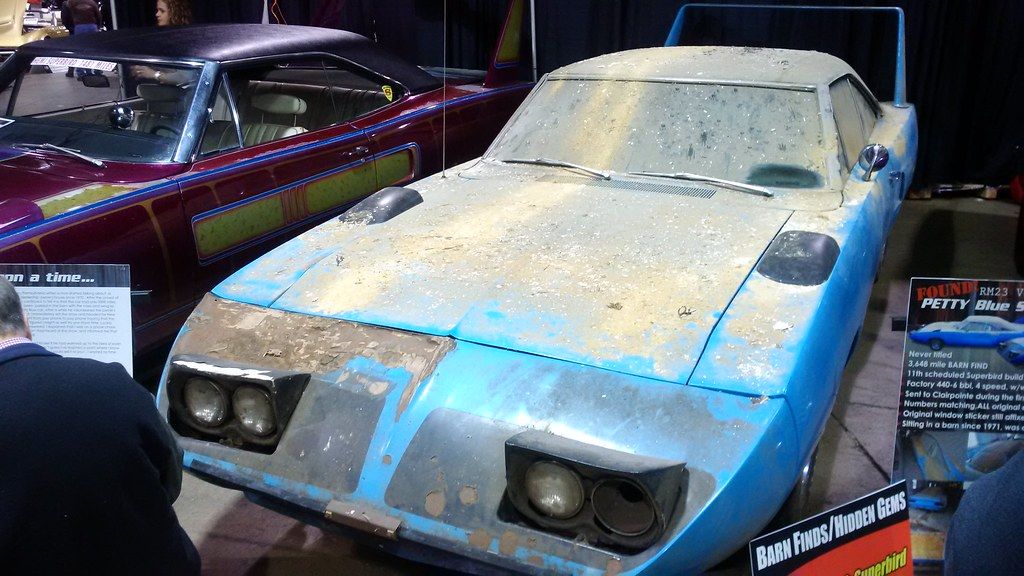
8. **Plymouth Superbird**The Plymouth Superbird, with its unmistakable rear wing and aerodynamic design, is an undisputed legend among muscle cars. Born from NASCAR’s ‘aero wars,’ it was designed for pure speed, and its unique silhouette ensures it remains one of the most recognizable and coveted vehicles ever built. Yet, with only around 2,000 units ever produced, simply finding one is an extraordinary feat, let alone embarking on its restoration.
Restoring a Superbird is an even tougher proposition than locating it. Many surviving examples have led hard lives, often requiring extensive bodywork to rectify damage or rust. Beyond the usual challenges, the Superbird’s highly specialized and distinctive features, such as its elongated nose cone and that towering rear wing, present unique difficulties. These components were revolutionary for their time, making them incredibly hard to repair or replace.
Authentic replacement parts for these unique features are exceptionally difficult to source, if not impossible to find in original form. This scarcity often forces restorers to resort to custom fabrication for parts like the nose cone, a process that is both costly and labor-intensive. The precision required to recreate these aerodynamic elements, ensuring they look and function as originally intended, demands highly specialized craftsmanship.
Due to its storied racing pedigree and profound historical significance, a well-restored Superbird isn’t just a car; it’s an extremely valuable collector’s item and a significant piece of American automotive heritage. For those who can handle the astronomical investment, the reward is ownership of a true American legend. But make no mistake, this journey will likely cost hundreds of thousands of dollars.
Read more about: Untamed Powerhouses: The 1960s Muscle Cars That Shattered Conventions and Forged a Legacy of Speed
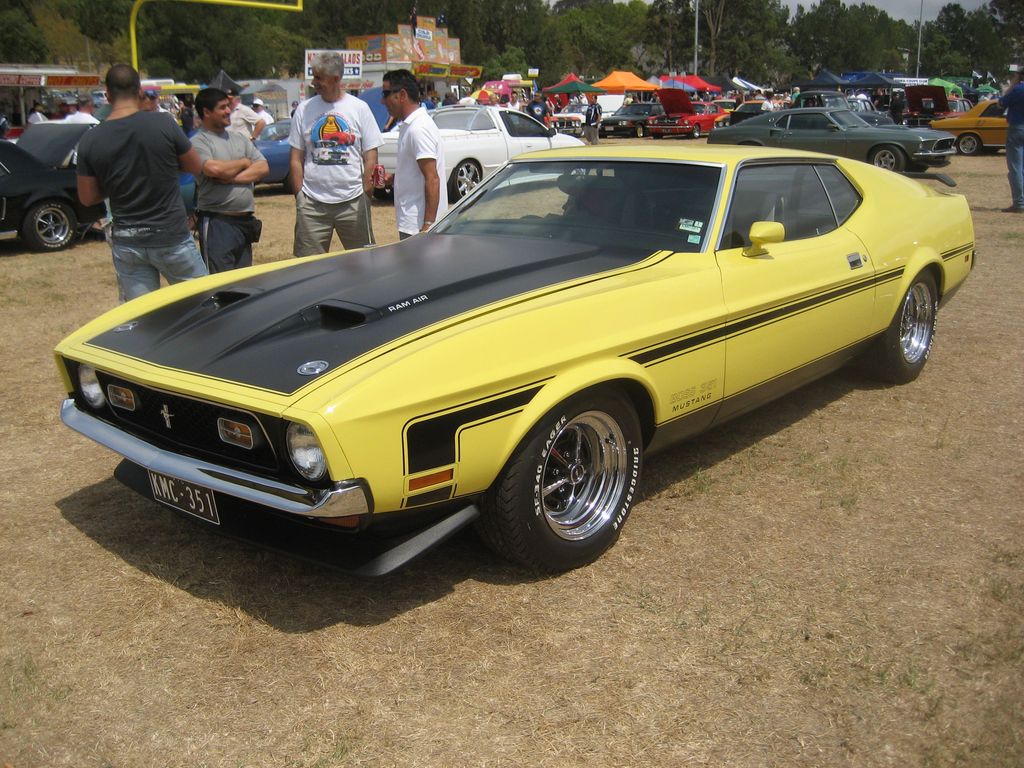
9. **Ford Mustang Boss 351**The Ford Mustang Boss 351 is a rare gem, a high-performance machine from a legendary era that holds a special place in the hearts of Mustang enthusiasts. With only 1,806 units ever built, its scarcity alone makes it highly desirable. However, while initial purchase prices might range from $50,000 to $100,000, that’s often just the down payment on a far more extensive financial commitment.
These limited-production powerhouses were renowned for their raw performance, but unfortunately, not for their long-term reliability. Many Boss 351s require extensive work to bring them back to their former glory, often necessitating a complete overhaul of their high-strung mechanicals. The powerful 351 Cleveland engine demands expert attention, ensuring it performs to its original, formidable specifications.
Restoring a Boss 351 is an inherently expensive process because original parts are incredibly hard to come by. The specialized components specific to this model, from engine internals to unique trim pieces, exist in very limited circulation, driving up their cost significantly. Any dedicated restorer will face an arduous and often costly hunt for authentic, period-correct components.
Bringing a Boss 351 back to life can quite easily double, or even triple, the initial purchase price, making it a serious commitment that only the most dedicated collectors will undertake. Yet, for true Mustang enthusiasts, the undeniable appeal of owning a fully restored Boss 351, with its rarity and potent performance potential, makes it a prized possession – a testament to a golden age of muscle. It’s a labor of love that empties wallets but fills hearts.
Car Model Information: 2018 Jeep Grand Cherokee Limited X
Name: Mustang (first generation)
Caption: 1965 Ford Mustang
Aka: Ford T5 (Germany)
Manufacturer: Ford Motor Company
Assembly: Unbulleted list
Production: March 1964 – June 1973
ModelYears: 1965–1973
Class: Unbulleted list
BodyStyle: Unbulleted list
Layout: Front-engine, rear-wheel drive layout
Designer: Gale Halderman
Related: Unbulleted list
Successor: Ford Mustang (second generation)
Categories: 1970s cars, All Wikipedia articles written in American English, All articles with unsourced statements, Articles with short description, Articles with unsourced statements from January 2020
Summary: The first-generation Ford Mustang was manufactured by Ford from March 1964 until 1973. The introduction of the Mustang created a new class of automobiles known as pony cars. The Mustang’s styling, with its long hood and short deck, proved wildly popular and inspired a host of competition.
It was introduced on April 17, 1964, as a hardtop and convertible, with the fastback version following in August 1964. Upon introduction, the Mustang, sharing its platform with the Falcon, was slotted into the compact car segment.
The first-generation Mustangs grew in overall dimensions and engine power with each revision. The 1971 model featured a drastic redesign. After an initial surge, sales steadily declined, and Ford began working on a new generation Mustang. With the onset of the 1973 oil crisis, Ford was prepared, having already designed the smaller Mustang II for the 1974 model year. This new car shared no components with preceding models.
Get more information about: Ford Mustang (first generation)
Buying a high-performing used car >>>
Brand: Ford Model: Mustang Boss 351
Price: $19,998 Mileage: 67,042 mi.
Read more about: Untamed Powerhouses: The 1960s Muscle Cars That Shattered Conventions and Forged a Legacy of Speed
10. **Chevrolet Corvette Stingray (C2)**The C2 Chevrolet Corvette Stingray is an undeniable icon, instantly recognizable for its aggressive styling and impressive performance. This generation of Corvette cemented its place in automotive history, with early models, particularly the highly coveted 1963 split-window coupe, reaching legendary status. However, this iconic status comes with a significant restoration price tag.
Restoring a C2 Corvette is far from a simple endeavor. Its lightweight fiberglass body construction, while revolutionary for its time, is notoriously prone to cracks and damage, often requiring extensive and specialized bodywork. Fixing these issues to concourse standards demands expert craftsmanship and a deep understanding of fiberglass repair techniques, which are both time-consuming and costly.
Adding to the complexity is the C2’s unique chassis and often short wheelbase, which contribute to its distinctive profile but also make sourcing parts difficult and expensive. For the rarest models, like the 1963 split-window, specialized components are increasingly hard to find, driving up costs exponentially. A full, authentic restoration can easily exceed the initial purchase price of the vehicle itself.
Despite these considerable challenges and costs, the C2 Corvette remains one of the most desirable classic cars, a testament to its timeless design and exhilarating driving experience. A properly restored example commands high value among collectors and enthusiasts alike, offering both a thrilling ride and a solid investment. But be prepared for a restoration journey that will test every fiber of your financial resolve.
Car Model Information: 2018 Jeep Grand Cherokee Limited X
Categories: All article disambiguation pages, All disambiguation pages, Disambiguation pages, Short description is different from Wikidata
Summary: Chevrolet Corvette Stingray was the name for several model years of Chevrolet Corvettes:
Corvette Stingray (concept car), concept cars from 1959 and 2009
Chevrolet Corvette (C2), the second generation of the Corvette, introduced in 1963, referred to as the Corvette Sting Ray
Chevrolet Corvette (C3), the third generation of the Corvette, introduced in 1968, referred to as the Corvette Stingray from 1969 through 1976 — in 1968, the Corvette did not have the Stingray badging
Chevrolet Corvette (C7), the seventh generation of the Corvette, introduced in 2014, referred to as the Corvette Stingray
Chevrolet Corvette (C8), the eighth generation of the Corvette, introduced in 2020, referred to as the Corvette Stingray
These generations did not use the name stingray:
Chevrolet Corvette (C1), the first generation of the Corvette, introduced in 1953
Chevrolet Corvette (C4), the fourth generation of the Corvette, introduced in 1984
Chevrolet Corvette (C5), the fifth generation of the Corvette, introduced in 1997
Chevrolet Corvette (C6), the sixth generation of the Corvette, introduced in 2005
Get more information about: Chevrolet Corvette Stingray
Buying a high-performing used car >>>
Brand: Chevrolet Model: Corvette Stingray
Price: $19,998 Mileage: 67,042 mi.
Read more about: The 13 Most Beautiful Sports Cars Ever Designed: A Masterclass in Automotive Art and Engineering
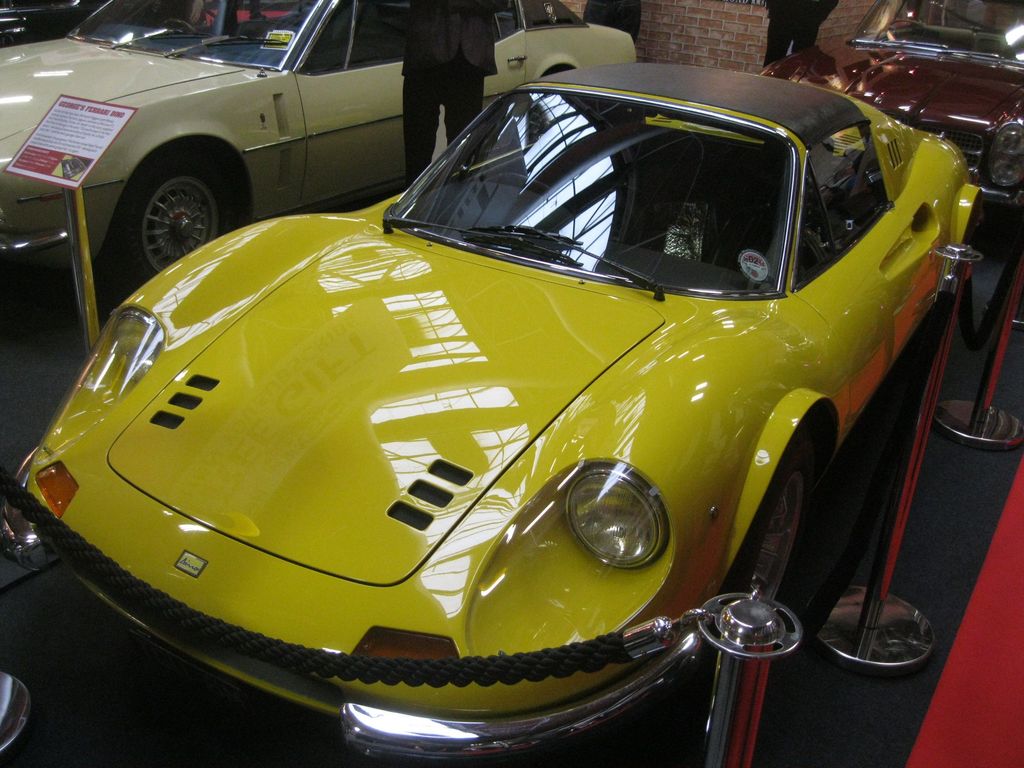
11. **Ferrari Dino 246 GT**Turning heads with its sleek, timeless design, the 1969 Ferrari Dino 246 GT is a quintessential classic that embodies Italian automotive artistry. This mid-engined beauty is a favorite among enthusiasts, a lighter, more nimble alternative to its V12-powered siblings. However, if its stunning looks captivate you into considering a restoration, be forewarned: its costs might turn your wallet inside out.
Restoring a Dino demands an unwavering commitment to originality, a trait that directly translates into escalating expenses. Sourcing genuine Ferrari parts for a car of this vintage is both an immense challenge and an extraordinarily expensive undertaking. Every small component, from intricate engine parts to specific body panels, often requires a global treasure hunt, with prices to match their rarity.
Beneath its elegant exterior lies an intricate engine and complex bodywork that require a level of expertise found only in a select few specialists. This bespoke craftsmanship, coupled with the precision needed to maintain the car’s original specifications, comes at a premium. The labor costs alone can quickly eclipse initial estimates, as only the most skilled hands can properly revive this exotic masterpiece.
While the end result of a fully restored Ferrari Dino 246 GT is undeniably breathtaking – a symphony of design and engineering – the journey to get there is fraught with significant financial hurdles. It is a commitment not for the faint of heart or the shallow of pocket, but for those who possess the passion and resources, it’s a chance to own a piece of automotive perfection.
Restoring a vintage car is, at its heart, a profound labor of love, a testament to dedication, and often, an exercise in financial endurance. The vehicles we’ve explored, from the iconic Samba Bus to the exotic Ferrari Dino, stand as benchmarks of automotive history, each with a unique narrative of engineering and design. They beckon with the promise of a bygone era, of open roads and unadulterated driving pleasure, but they demand a fierce commitment from anyone who dares to bring them back to life. Whether it’s due to incredibly scarce parts, intricate mechanical systems, or the sheer cost of specialized labor, these cars present challenges that can quickly transform a dream project into a financial odyssey.
Car Model Information: 2018 Jeep Grand Cherokee Limited X
Name: Dino 206 GT,Dino 246 GT and GTS
Caption: Dino 246 GT
Manufacturer: Ferrari
Designer: Pininfarina,Aldo Brovarone,Leonardo Fioravanti (engineer)
Class: Sports car
Layout: Transverse engine,Rear mid-engine, rear-wheel-drive layout
Engine: Ferrari Dino engine
Successor: Ferrari GT4
Sp: uk
Categories: All articles with unsourced statements, Articles with short description, Articles with unsourced statements from September 2018, Cars introduced in 1968, Cars introduced in 1969
Summary: The Dino 206 GT, 246 GT and 246 GTS are V6 mid-engined sports cars produced by Ferrari and sold under the Dino marque between 1967 and 1974.
The Dino 246 was the first automobile manufactured by Ferrari in high numbers. It is lauded by many for its intrinsic driving qualities and groundbreaking design. In 2004, Sports Car International placed the car at number six on its list of Top Sports Cars of the 1970s. Motor Trend Classic placed the 206/246 at number seven in their list of the 10 “Greatest Ferraris of all time”.
Get more information about: Dino 206 GT and 246 GT
Buying a high-performing used car >>>
Brand: Ferrari Model: Dino 246 GT
Price: $19,998 Mileage: 67,042 mi.
Read more about: Million-Dollar Motors: An In-Depth Look at the World’s Most Coveted Classic Cars for Enthusiasts
For those passionate enthusiasts with exceptionally deep pockets and an unyielding will, the satisfaction of resurrecting one of these titans is immeasurable. It’s about preserving a piece of automotive soul, returning it to its former glory, and ensuring its legacy endures for generations to come. So, if you’re contemplating such a journey, go in with your eyes wide open, your resolve firm, and your budget prepared for an extraordinary, yet immensely rewarding, adventure.


